A Closer Look
The Asus ROG Striker GTX 760 Platinum comes in a nice ROG theme packaging. Its box alone tells you that this card is a premium card, even though the card itself is a mid-range graphics card.
It also has a flip cover where you can see all the highlighted features, perks and the benefits that you will be experiencing with the Striker GTX 760. The packaging includes a guide, a driver and software CD, a PCIE power connector and a SLI bridge.
Above we have a closer look at the card itself. I don’t know if you will agree with me, but this card looks fantastic. If you are not familiar with the card or if this is your first time seeing it, you might actually mistake it for a higher end card like the GTX 780. The Asus ROG Striker GTX 760 Platinum has a slightly longer PCB and features an aluminum backplate. Not to mention, there’s also a cool lighting effect on its PCB, aside from the ROG logo.
The Asus Striker GTX 760 Platinum draws its power from an 8pin + 6 pin power connector and consumes up to 300W of power. The image on the upper right shows the Republic of Gamers logo with color-coded load LED indicator. It turns blue when the GPU load is light, yellow for medium loading and it turns red when the load is heavy or extreme. It’s not a temperature indicator.
Here we have a closer look at the redesigned DirectCU II shroud. It has a premium look and feel, but I was a bit disappointed when I realized that the shroud was made of plastic. I thought it was metal or aluminum, just like in their GTX 780/780 Ti. But that’s okay, since using a metal shroud would definitely increase its price. Asus also used a better performing CoolTech fan that dissipates heat better compared to the ones they used in the GTX 760 DirectCU II OC model.
Here we have a look at the other side of its backplate, as well as the underside of the shroud. There are two power connectors, one is for the fans and the other one is for the LED indicator.
The Asus Striker GTX 760 Platinum has a large heatsink with three heatpipes. As you can see, all three heatpipes directly contacts with the card’s GPU.
Here we have a closer look at the Striker’s PCB. The PCB is slightly longer, I think by an inch, compared to the DirectCU II OC variant.
The Striker has an 8+6 pin power connector, and if you noticed there is a black strip right next to the 8pin connector. That covers the red LED and prevents the light from scattering, so that you will see a nice looking lighting effect on the other side of the PCB. Like the other GTX 760, the Striker has two DVI ports, an HDMI port as well as a DisplayPort.
The picture above (left) shows a closer look where the lighting effect is. But I don’t understand why Asus placed it very near to the voltage checkpoints. The other picture shows the POSCAP (Tantalum-Polymer Solid Capacitors) surrounded by eight SKHynix memory chips.
On the front side of its PCB is another set of eight SKhynix H5GQ2H24AFR memory chips, for a total of 4GB GDDR5 memory. These are high performance memory chips with overclocking potential, and are usually used in high end graphics card. The above right photo also shows a closer look at the heart of the Striker GTX 760, the NVIDIA GK104 28nm Kepler graphics processor.

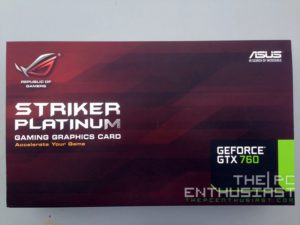
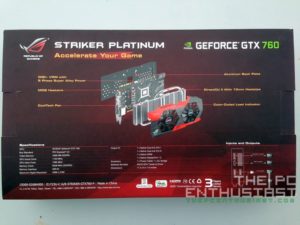
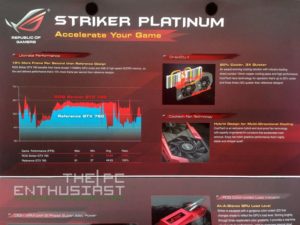


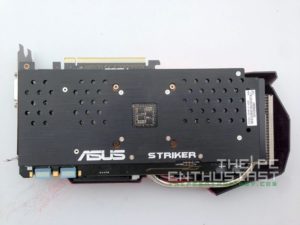
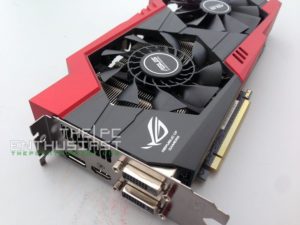

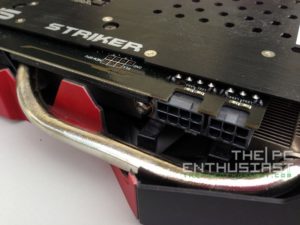

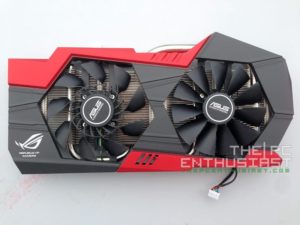
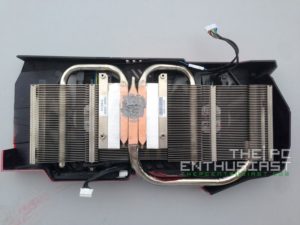

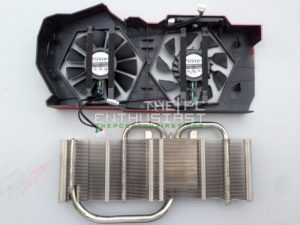
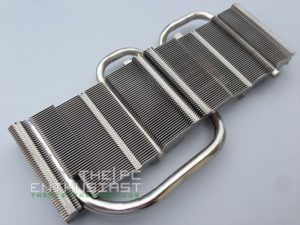
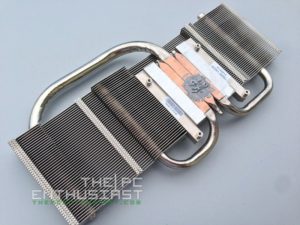
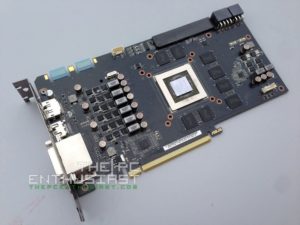
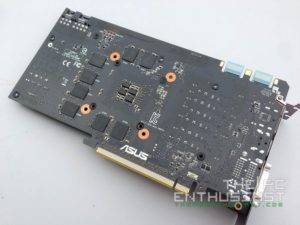
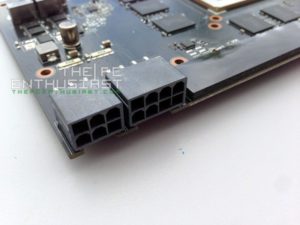
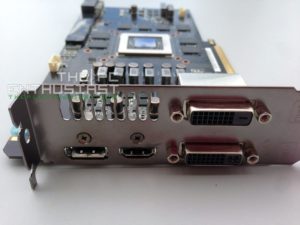
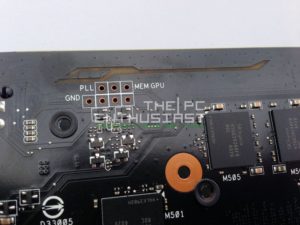

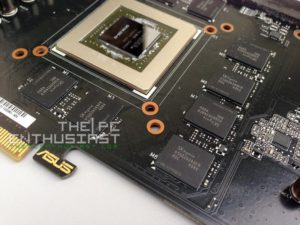
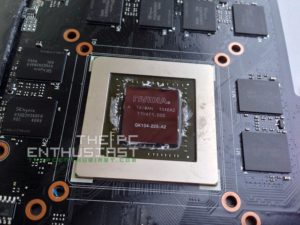
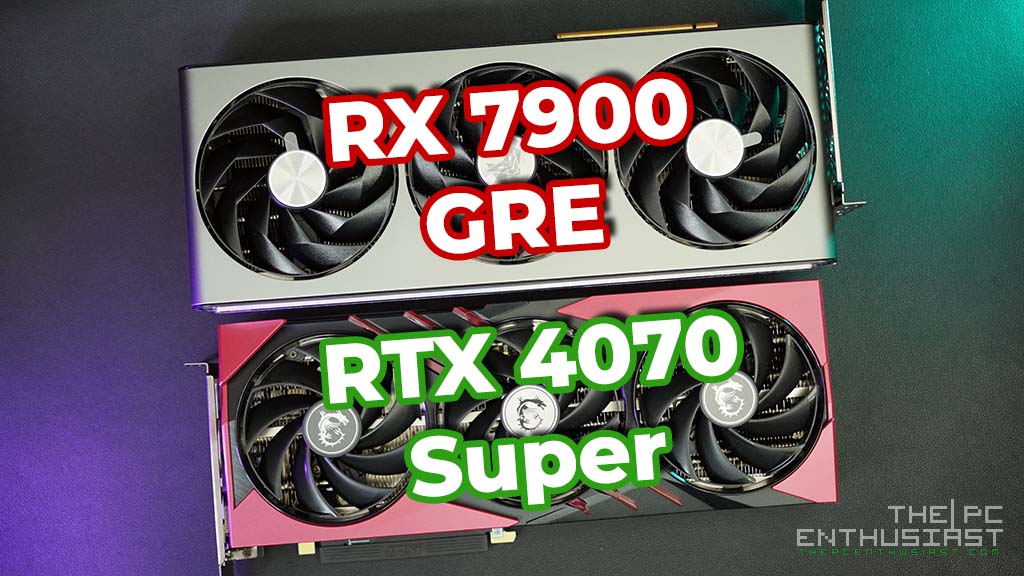
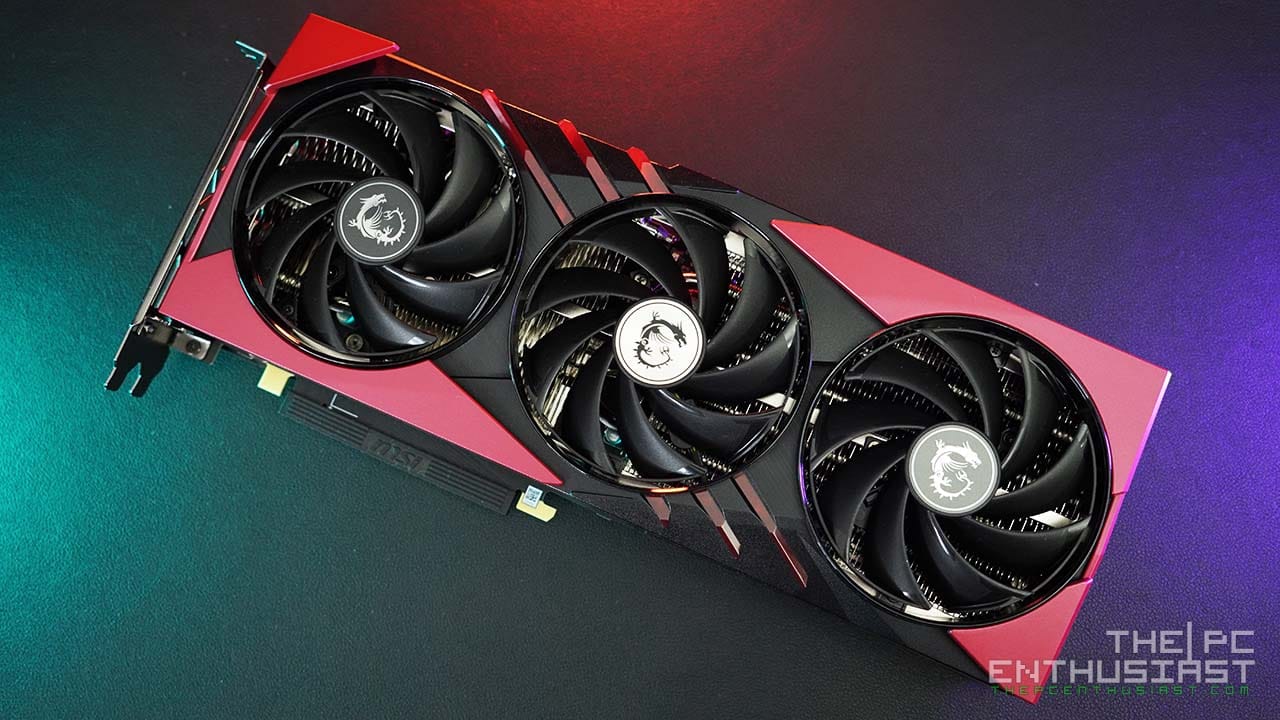
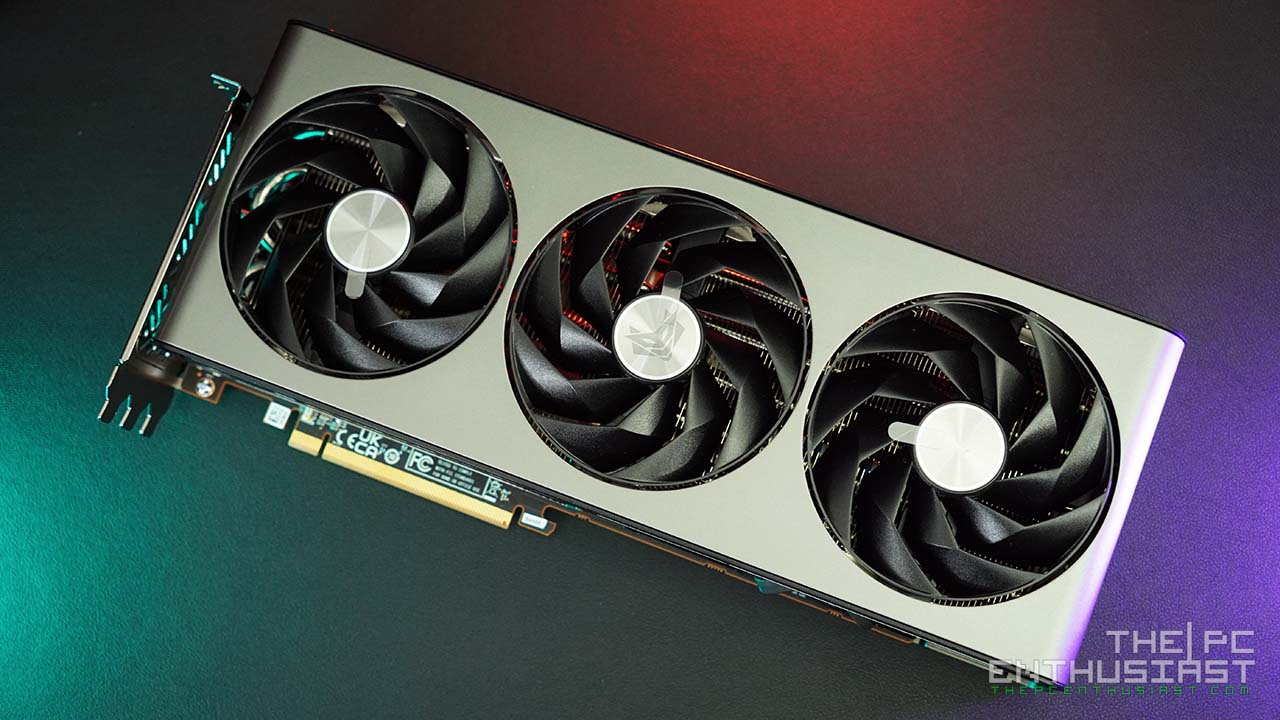

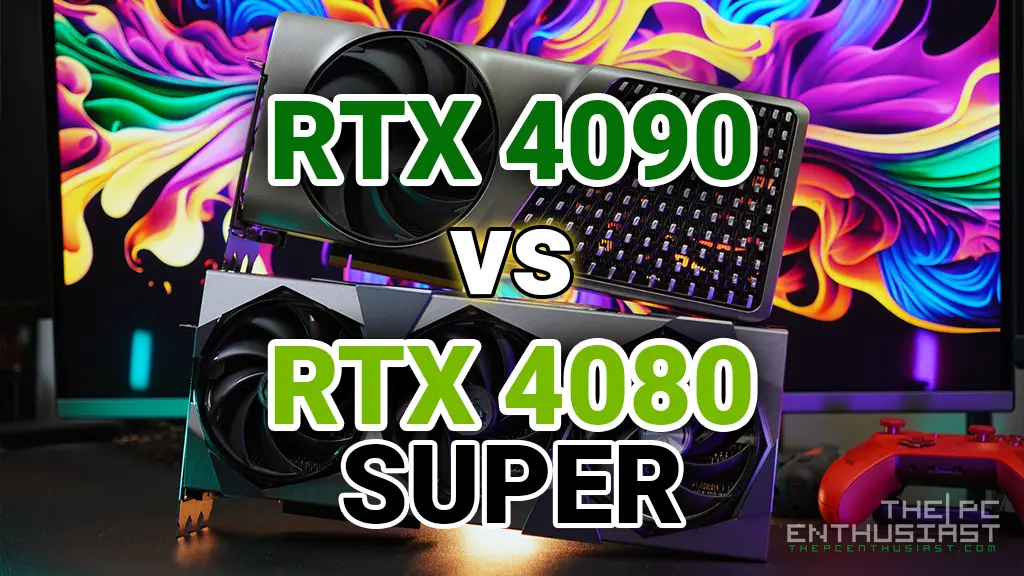
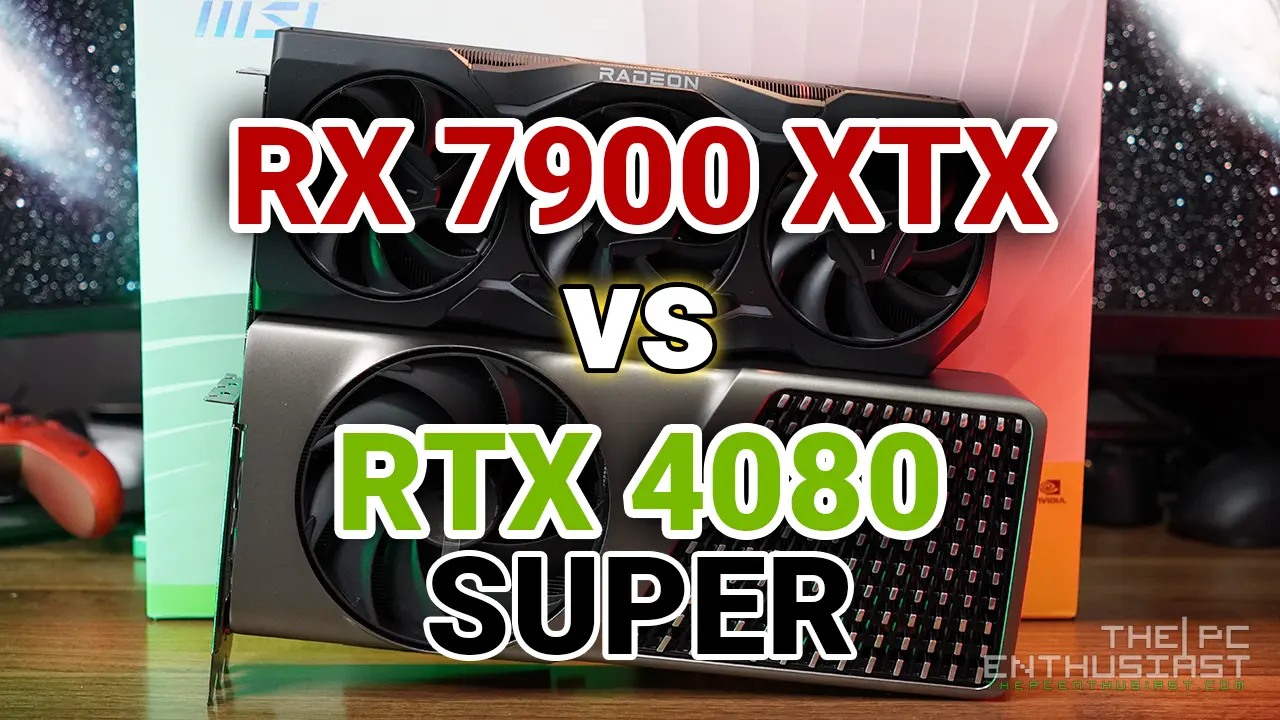

Reminds of the Lamborghini Aventador!
Good review by the way.
I love this card I Bought two. Great review, But I wish you had tested in SLI also. These cards really shine in SLI.
Decided on a pair of these in SLI rather then the better performing 770s. Decided the 4gB VRAM was more important for my surround gaming. Sexy cards though..
can you chage the led color on it?
No, the LED will change according to the load of the GPU
OverPriced like every A$u$ product
No manual RGB
Average VRM cooling
Looks Great
Performs ok
Nice OC headroom
Cool but not that quiet
BackPlate its just there it doesnt do anything
No game bundle
Terrible accessories
Power Hungry for a small card